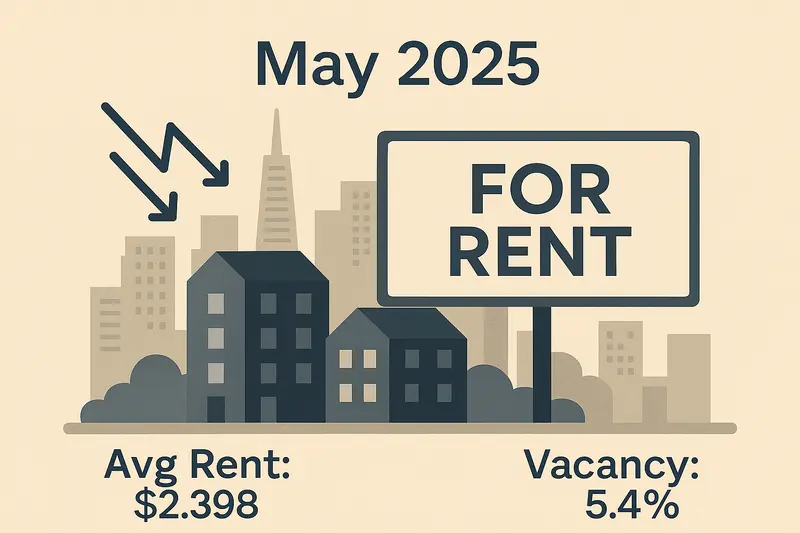Work Letters in Commercial Leases and Why They Matter to Tenants and Landlords
Question
Answer
Intro: In commercial real estate, a “work letter” is a document that spells out exactly how improvements or build-outs to the rental space will be handled before a tenant moves in. Since office, retail, or industrial spaces are often delivered unfinished or in “shell” condition, this agreement becomes a key part of negotiations. The work letter clarifies responsibilities, costs, and timelines so both landlord and tenant know what to expect during the construction phase.
What a work letter typically covers:
- Scope of work: A detailed description of improvements, from flooring and walls to HVAC systems, lighting, or accessibility upgrades. This ensures the space is functional for the tenant’s specific business needs.
- Who pays for what: The document specifies whether the landlord provides a tenant improvement allowance (TIA)—a set budget for build-out—or if the tenant must fund additional upgrades. Sometimes, costs are shared depending on the nature of the improvements.
- Design and approvals: Work letters often define who selects contractors, which plans need landlord approval, and whether city permits or code compliance issues must be addressed.
- Delivery condition: The landlord may commit to delivering the premises in a certain state, such as “vanilla shell” (basic finishes) or “turnkey” (fully ready for occupancy).
- Timing and delays: Deadlines for completing work are included, along with remedies if delays occur. For tenants, this may involve rent abatement until the space is usable.
Why it’s important: For landlords, a well-structured work letter reduces disputes and helps control construction costs. For tenants, it ensures the space meets operational needs without unexpected expenses. Because build-out costs in commercial real estate can be significant—often ranging from $30 to $150 per square foot, depending on the market and property type—clarity is essential.
Conclusion: A work letter is more than an addendum—it’s a roadmap for how a commercial space will be delivered. Clear terms protect both sides from costly misunderstandings and delays. Before signing, tenants and landlords are advised to review the work letter with a licensed attorney or experienced commercial broker to confirm that obligations and financial responsibilities are clearly defined.


